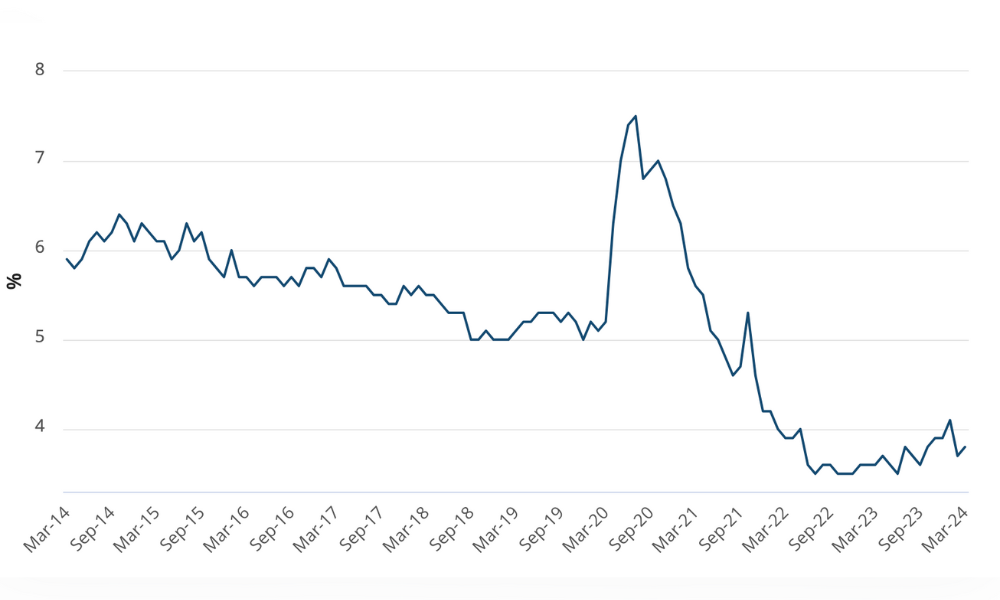WHILE MORE than 80 per cent of Australian companies struggle with competition for talent and over half acknowledge that the ageing population is a critical factor affecting their workforce, only 46 per cent of companies are doing workforce planning of any kind
WHILE MORE than 80 per cent of Australian companies struggle with competition for talent and over half acknowledge that the ageing population is a critical factor affecting their workforce, only 46 per cent of companies are doing workforce planning of any kind.
Recent Australian research has shed light on the considerable gap between workforce needs and strategic business plans, with many companies struggling to understand and attract the skills and people needed to meet future productivity demands.
The research found that 59 per cent of companies acknowledge that their organisation is not adequately staffed for the future, and 33 per cent admit that their company has not matched workforce needs with their strategic plan.
Despite this, many companies realise the importance of workforce planning, with 68 per cent acknowledging that they need to improve talent decisions and the same number admitting a need to determine which employees and job roles are critical to business performance.
“Workforce planning draws on the people expertise that HR have, but it also requires a certain comfort with practices from other disciplines such as strategic planning, marketing and finance,” said Tess Walton, co-founder of Aruspex, which conducted the research.
“With workforce planning, the HR professional needs to work more closely with the other support areas of a business more than they have ever before – as well as closely with the executive.”
Many organisations think that workforce planning is purely a mathematical forecasting exercise which uses historical data to forecast vacancies –“a demand-based and frankly pretty near-sighted view, when you consider the issues going on in talent supply”, said Stacy Chapman, co-founder of Aruspex.
“Your approach has to be holistic, and it must combine qualitative and quantitative work. Some organisations also think that workforce planning is something that a specialist in HR performs for the organisation, and that’s also a mistake. The best workforce plans come from the business, with HR acting as a skilled facilitator and partner.”
Shelley Cussen, manager of HR policy and strategy for energy supply firm SP AusNet, said HR professionals can sometimes confuse workforce analytics with workforce planning. “HR analytics play an important part in workforce planning because it often helps to ensure you fully understand your current internal state,” she said.
“However, workforce planning is often around developing scenarios about items that may not have had been identified in your HR analytics.”
Much of workforce planning revolves around modelling scenarios for potential future states, according to Cussen, and often the most important part of the process is the consultation with the business.
“With workforce planning it is better to not bite off more then you can chew. Therefore, focus on the roles in your organisation that are core to strategy. This will help with not becoming to overloaded with data and help you to focus the planning process on the key strategic areas of the business.”
There were a number of other blind spots in businesses when it came to workforce planning, according to Walton. “Sometimes it is the executive who has seen or experienced shortages before, but doesn’t realise that overall conditions are very different to shortages of the past,” she said.
“The new combination is ageing demographics that are decreasing overall labour supply; and widespread skill shortages, not just in a handful of professional roles or trades, but in many. This is a set of conditions which underlie the labour force challenges, and for which there is no precedent.”
Cussen, who started looking at workforce planning seriously three years ago, has found it to be very rewarding for the company. “The business has really responded to the workforce planning process and we have been able to capture engagement on many different fronts of HR while talking about the future state of the business and where the business needs to be in five to 10 years time,”she said.








